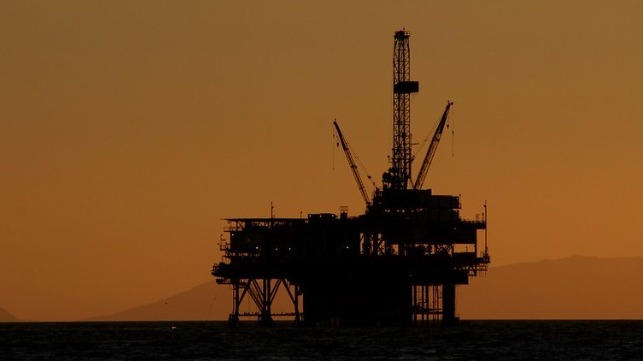IEA: To Reach Climate Goals, No New Oil and Gas Projects

The International Energy Agency has released a landmark analysis of the measures required to reach to the Paris Climate Accord goal, and the effort may well be "the greatest challenge humankind has ever faced," according to the organization's director.
IEA outlines 400 milestones along the path to zero emissions by 2050, and some of them are daunting - including an immediate halt to investment in new oil, gas and coal developments and a moratorium on new coal-fired power plants. The plan calls for a phase-out of new internal combustion engine passenger cars by 2035 and the full decarbonization of the electricity sector by 2040.
IEA noted that existing national climate commitments fall far short of these goals, but if its milestones were fully implemented, it would have a significant impact on the shipping industry. The anticipated changes would force a gradual reduction in activity for offshore oil and gas, reduce ton-mile demand for bulkers and tankers and transform the bunkering sector.
Given the technological challenges inherent in replacing bunker fuel on long-distance routes, IEA does not expect that the shipping industry will achieve 100 percent decarbonization of its own operations by midcentury. However, it forecasts that vessel operators will make considerable progress, with half of shipping's energy coming from ammonia, plus about 20 percent from hydrogen and about 20 percent from bioenergy. "Ammonia looks likely to be a particularly good candidate for scaling up, and a critical fuel for long?range transoceanic journeys that need fuel with high energy density," IEA predicted.
The impact on the energy sector would be extreme. Coal use would fall by 90 percent relative to 2020 levels, while oil consumption would decline by 75 percent and natural gas by 55 percent. Much of the surviving production would be used for the manufacture of plastics and materials, not for primary energy purposes. The price of a barrel of oil would bottom out at $25, leaving the least-cost OPEC producers as the dominant force in a shrinking market.
"The trajectory of oil demand in the [Net?Zero Emissions by 2050 Scenario] means that no exploration for new resources is required and, other than fields already approved for development, no new oil fields are necessary. However, continued investment in existing sources of oil production are needed," IEA predicted.
This shift in consumption patterns would also "inevitably lead to refinery closures," especially for refineries that cannot transition to petrochemical manufacturing or the production of advanced biofuels. The resultant decline in clean product and residual fuel output would have implications for product tanker ton-mile demand.
On the other hand, the offshore wind industry stands to benefit from the transition. In IEA's scenario, offshore wind would account for about 20 percent of all new wind power capacity additions over the next 30 years. The experience of offshore oil and gas operators will be valuable in developing this resource, IEA predicted - as is already seen in the European and American wind markets.
The scenario also calls for the creation of a vast expansion of carbon capture and storage capacity, including pipeline and shipping infrastructure for captured CO2. This could offer new economic opportunities for shipowners, seaports, offshore operators and other maritime stakeholders.
Overall, IEA predicts that the massive infusion of investment, construction and R&D required for the transition would increase - not diminish - global economic growth.
"Our roadmap shows the priority actions that are needed today to ensure the opportunity of net-zero emissions by 2050 – narrow but still achievable – is not lost. The scale and speed of the efforts . . . make this perhaps the greatest challenge humankind has ever faced," said Fatih Birol, IEA's Executive Director. "The IEA’s pathway to this brighter future brings a historic surge in clean energy investment that creates millions of new jobs and lifts global economic growth. Moving the world onto that pathway requires strong and credible policy actions from governments, underpinned by much greater international cooperation."
Top image: Arbyreed / CC BY NC 2.0
